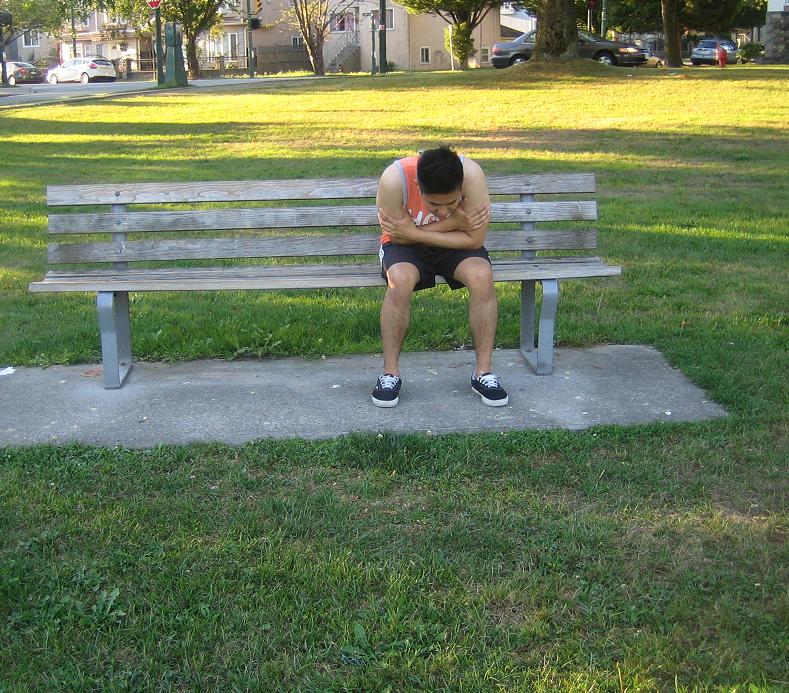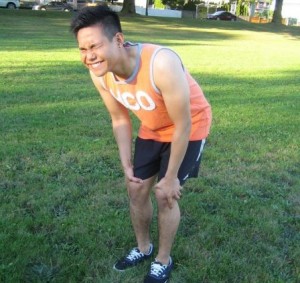Blood circulation is the continual flow of blood from the heart that spreads all over the body. Generally, this proper movement of blood is necessary to maintain oxygen supply from the lungs and nutrients from the gut, distribution of hormones, water, heat and release of waste for excretion.
https://www.youtube.com/watch?v=uq3UNDF_H1w
An adult has 5 liters of blood in the blood vessels at rest and completes the cycle in a 1 minute. The blood recirculates 1500 times every day without any exercises to speed it up. Poor blood circulation and blood flow causes discolored, cool extremities and edema of the area. The hands and feet sometimes fall asleep.
Symptoms of poor blood circulation
- At first, numbness and tingling sensations
- Throbbing or stinging pain in the limbs
- Muscle cramps
- Pain
Throbbing or stinging pain in the limbs can occur if an individual has poor blood circulation. - Lastly, people with peripheral artery disease will have symptoms of erectile dysfunction, numbness, tingling sensation and pain.
Causes
- Peripheral artery disease can result to poor circulation in the legs and eventually causes tingling sensation, numbness, damage to the tissues and nerves.
- Blood clots that blocks the blood flow, either partly or completely which can develop anywhere in the body but a blood clot that forms in the arms or leg results to problems with circulation.
- Varicose veins which is caused by a valve failure. The veins on the back of the legs looks gnarled and engorged.
- Diabetes can cause cramping of the legs, calves, buttocks and thighs
- Being overweight
- Suffering from chronic cold hands and feet which is called Raynaud’s disease.
Treatment
- Perform regular exercises at least 3 days every week. Jogging, walking, running or aerobics are good for the condition.
- When sitting for long periods of time, take a break every hour by stretching to promote proper blood flow in the area. Take a quick walk to increase flow of blood in the tissues.
- If there is poor circulation of the extremities, elevate the legs above the level of the heart. If sitting down, elevate the legs in another chair higher than the one being seated on. Another alternative is using a couple of pillows to elevate the legs.
- Wear compression stockings to lessen the swelling of the legs and allow the return of blood from the extremities back to the heart which results to proper blood circulation.
- Massage the affected area to increase the flow of blood and eliminate toxins. Essential oils can be added to improve blood circulation.
- Eat a variety of vegetables, lean meats, whole grains and healthy fats such as fish oil, avocado, nuts and seeds. Eat spicy foods that have capsaicin from hot peppers to increase the flow of blood all over the body.
- Keep the body well-hydrated by drinking at least 8-12 glasses of water every day. Avoid excessive consumption of caffeine and alcohol to prevent dehydration.
- Take a hot bath to relax tension in the muscles and increase blood flow throughout the body.
Disclaimer / More Information
The material posted on this page on poor blood circulation is for learning purposes only. Learn to recognize and manage circulatory issues including poor blood circulation by taking a first aid and CPR class with one of our training providers.
FACT CHECK
https://www.healthline.com/health/poor-circulation-symptoms-causes
https://www.webmd.com/dvt/ss/slideshow-dvt-improve-circulation


